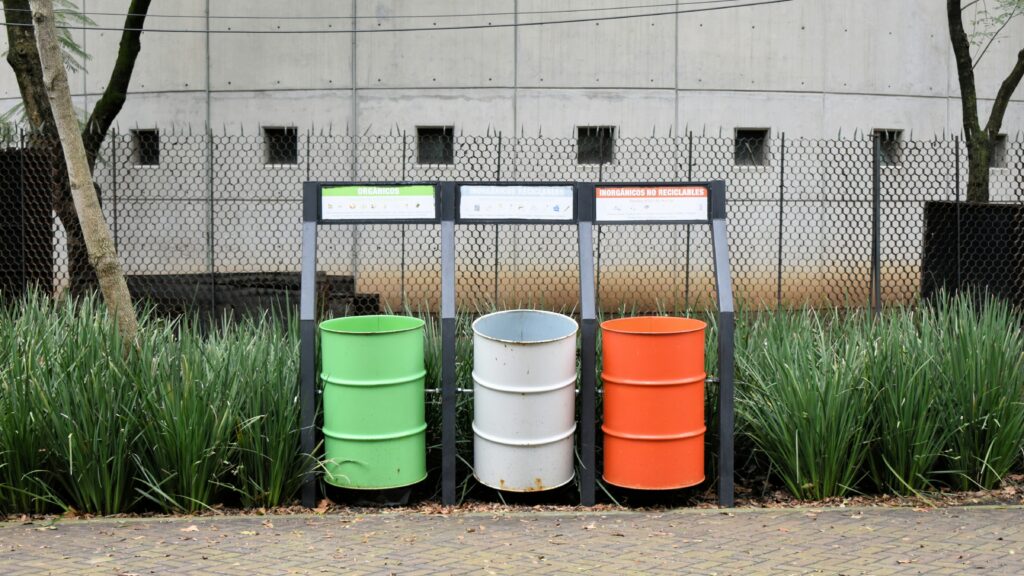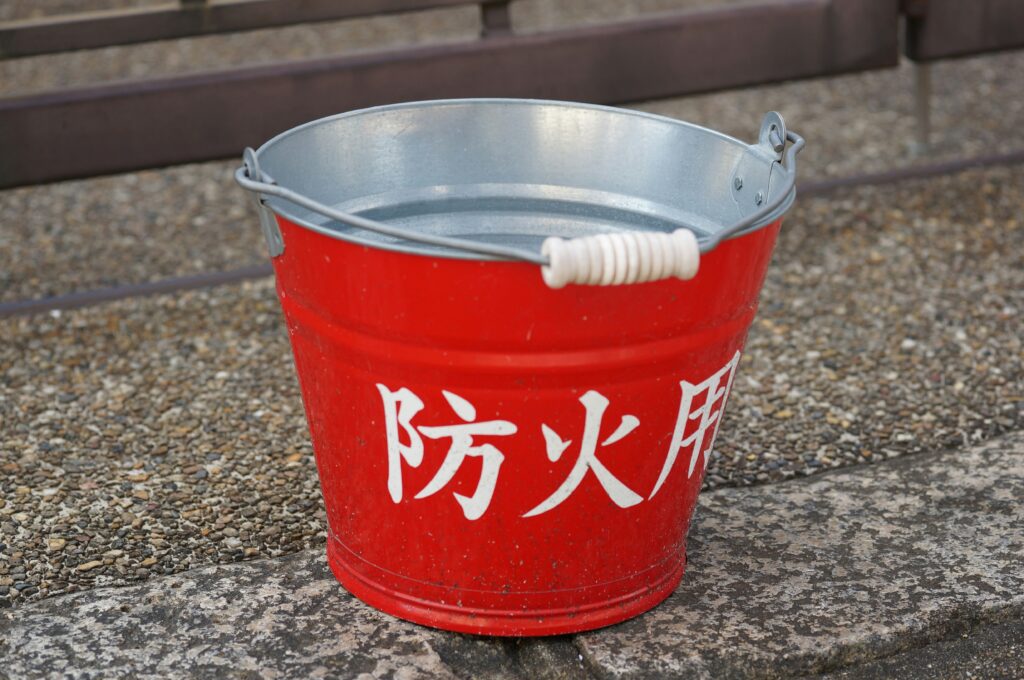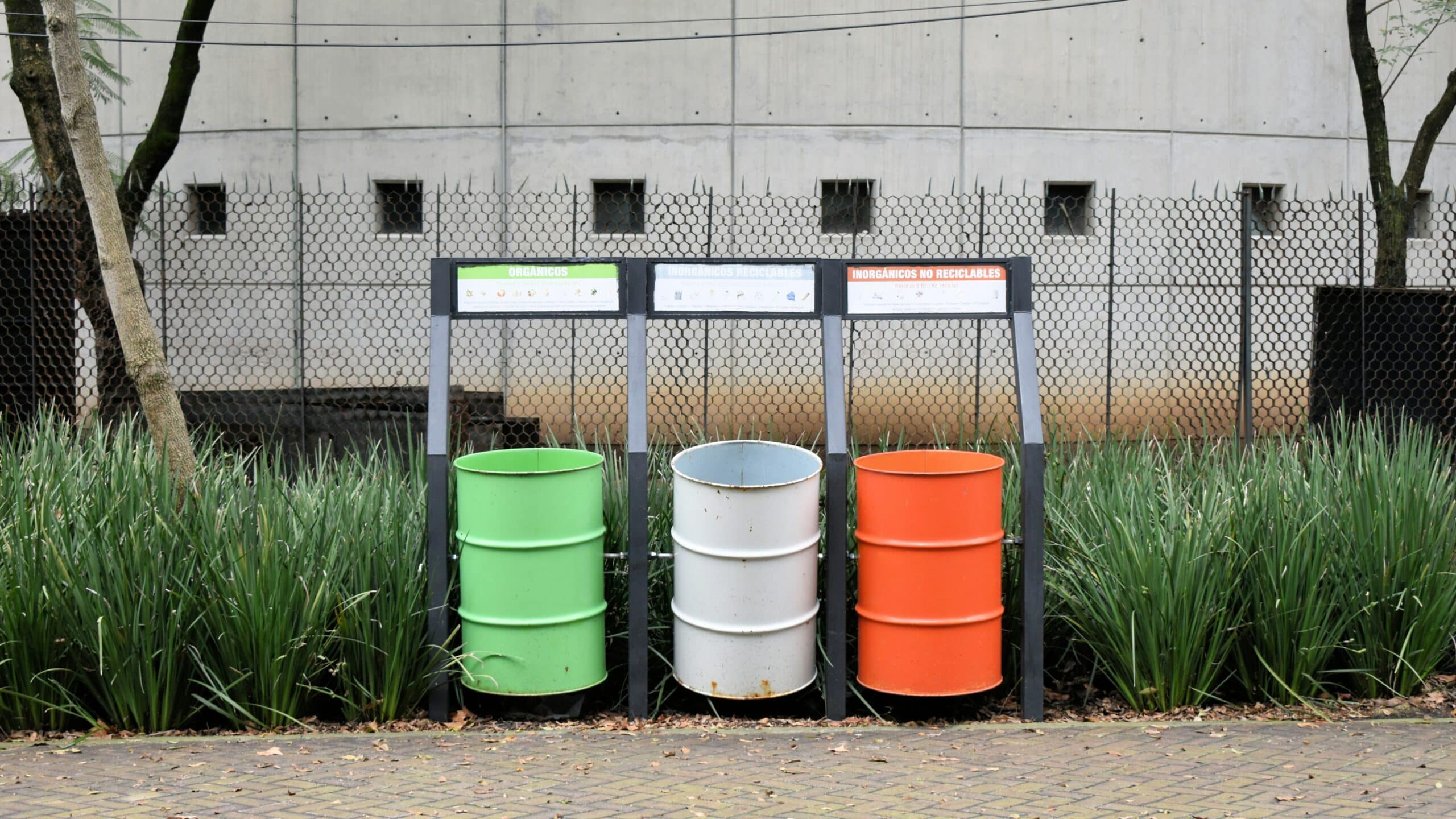Anúncios
However, an innovative method known as Bokashi composting is rewriting the rules. Not only is it perfect for city dwellers with limited space, but it is also odorless, making it ideal for indoor gardening.
In the forthcoming discussion, the focus will be on Bokashi composting, a unique fermentation method that is revolutionizing urban gardening. The method’s distinctive features will be explored, emphasizing its smelly-free and space-saving aspects that make it a game-changer for those living in small city apartments.
Anúncios

The process of Bokashi composting will be comprehensively explained to guide city dwellers on how to integrate it into their urban gardening. Practical tips and guidelines will be provided to ensure a successful composting experience. Expect to learn how to turn your kitchen waste into a powerful nutrient-rich compost that your plants will love.
Further, the benefits of Bokashi composting will be elaborated, outlining how it not only contributes to a flourishing urban garden but also aids in waste reduction, making it a sustainable and environmentally-friendly method. It’s time to make peace with the idea that city living doesn’t have to exclude the joys of gardening.
Anúncios
So, whether you’re a seasoned city gardener looking to enhance your composting process, or a beginner hoping to kick-start an urban garden in your city apartment, prepare to be enlightened. This discussion is a must-read for anyone interested in a practical, odor-free, and efficient composting method that has the potential to revolutionize urban gardening. Dive in, and let’s explore the wonders of Bokashi composting together.
Understanding the Bokashi Composting Process
In the realm of urban gardening, space and odour management are crucial aspects to consider. The Bokashi composting method addresses these concerns by offering a simple, compact, and odour-free approach to composting. Originating from Japan, Bokashi composting uses a mix of microorganisms to speed up the composting process, reducing both space requirements and smell.
In technical terms, Bokashi composting is a two-step process. The first step involves anaerobic fermentation inside a sealed Bokashi bucket. The second step entails aerobic composting within the soil.
Step One: Anaerobic Fermentation
In the initial phase of Bokashi composting, kitchen waste is layered with Bokashi bran—a mixture of wheat or rice bran, molasses, and a consortium of microorganisms—in a Bokashi bucket. This bucket is specially designed to be airtight, ensuring an oxygen-free environment conducive to the proliferation of beneficial microorganisms.
This fermentation process is efficient, taking approximately two weeks to fully ferment the waste. The lack of oxygen prevents the growth of rot-causing bacteria, eliminating unpleasant smells usually associated with composting.
Step Two: Aerobic Composting
After fermentation, the contents of the Bokashi bucket are then buried in soil. The addition of oxygen in this step promotes the breakdown of the fermented waste into nutrient-rich compost. This process takes about two weeks to a month, depending on the soil condition and climate.
Benefits of Bokashi Composting for Urban Gardeners
- Space Efficient: Bokashi composting requires only a small bucket, making it ideal for urban dwellers with limited space.
- Fast: With Bokashi composting, garden waste can be composted in a few weeks compared to traditional composting methods which can take months.
- No Odour: Since Bokashi composting is an anaerobic process, it doesn’t produce the foul smell associated with traditional composting methods.
Choosing the Right Bokashi Bucket for Your Space
When selecting a Bokashi bucket for your urban garden, size and design matter. Most Bokashi buckets are compact, typically holding around 16 to 20 liters of waste, which makes them ideal for storing in kitchens, under sinks, or on balconies. While commercial versions are readily available and come with features like built-in drainage systems and airtight lids, DIY options are also popular among eco-conscious gardeners. A homemade Bokashi bucket can be crafted from two nested buckets—one for waste collection and another to catch the Bokashi tea—providing a cost-effective alternative for beginners.

Plastic is the most common material for Bokashi buckets due to its lightweight and airtight properties. However, some enthusiasts explore metal or ceramic versions for aesthetic or durability reasons. No matter the material, the key feature is ensuring the bucket can remain fully sealed to support the anaerobic fermentation process. Investing in two buckets is often recommended so you can alternate between them while one is fermenting and the other is being filled.
Understanding the Role of Bokashi Bran
Bokashi bran is the cornerstone of the composting process, responsible for initiating and maintaining the fermentation of kitchen waste. It contains a specific mix of Effective Microorganisms (EM), which typically include lactic acid bacteria, yeast, and phototrophic bacteria. These microorganisms work synergistically to break down organic matter quickly without the foul odors commonly associated with aerobic decomposition.
Purchasing pre-made Bokashi bran is convenient, but many urban gardeners eventually opt to make their own. This process involves mixing wheat or rice bran with molasses, water, and EM solution. The mixture is left to ferment for several days to a few weeks, depending on ambient temperature and humidity. Once dried, the bran can be stored for months and used as needed. Having a steady supply of Bokashi bran ensures that every layer of waste added to your bucket is treated properly and ferments without issues.
Ideal Kitchen Waste for Bokashi Composting
One of the unique advantages of Bokashi composting is its versatility in handling a wide variety of food waste. Traditional composting systems often restrict the inclusion of dairy, meat, and oily foods due to their tendency to attract pests and produce odors. In contrast, the anaerobic environment of a Bokashi bucket allows for the fermentation of virtually all kitchen scraps, including:
- Fruit and vegetable peels
- Leftover cooked foods
- Meat and bones (chopped into smaller pieces)
- Dairy products such as cheese and yogurt
- Bread and grains
- Eggshells and coffee grounds
To ensure effective fermentation, it’s recommended to chop larger pieces into smaller fragments. This not only accelerates microbial activity but also helps maximize space within the bucket. Avoid adding excessive liquids, as too much moisture can slow down fermentation and result in overly wet waste, although minor amounts are manageable given the drainage spigot present in most buckets.
Managing the Fermentation Period
After filling the bucket, the fermentation period begins. During these two weeks, the waste inside the sealed container undergoes a transformation rather than a decomposition. The microbes break down carbohydrates and proteins through fermentation, creating an acidic environment that preserves the waste while neutralizing odors.
To promote the best results, store the sealed bucket in a warm location out of direct sunlight. Temperatures between 20°C and 25°C (68°F–77°F) are ideal. Colder environments can slow down microbial activity, while excessively hot spaces may compromise the airtight seal or kill beneficial microbes. During this stage, you may notice a slightly sweet or pickled smell, which indicates that the fermentation is progressing correctly.
Every two or three days, it’s essential to drain the Bokashi tea from the bucket using the spigot. This liquid, although acidic when freshly drained, can be diluted with water (typically 1:100 ratio) and used to fertilize both indoor and outdoor plants. It’s rich in beneficial microbes and nutrients, making it an excellent tonic for root development and soil health.
Finalizing the Composting Process
Once the two-week fermentation is complete, the pre-compost material inside the bucket is ready for soil integration. Although it won’t resemble traditional compost at this point—it will look similar to the original food waste but with a pickled appearance—it is rich in microbes that will continue breaking it down once mixed with soil.
To finalize the composting process, dig a trench or hole in your garden bed or planter and bury the fermented waste at least 15–20 cm (6–8 inches) deep. This depth ensures that it won’t attract pests and that aerobic decomposition can occur without exposure to air or light. Over the next two to four weeks, depending on soil temperature and microbial activity, the waste will decompose fully, enriching the soil with organic matter and beneficial organisms.
For those without outdoor soil access, alternatives include using large planters, raised beds, or even compost trenches in community gardens. Another option is to use a secondary compost bin filled with potting soil, where fermented Bokashi waste can finish breaking down over time.
Using Bokashi Compost in Container Gardens
Urban gardeners often rely on containers and pots to grow their plants, especially when outdoor space is limited. The nutrient-rich compost derived from the Bokashi method is ideal for revitalizing container garden soil. Once the waste has fully broken down in the soil, it can be mixed with potting mix or directly used in containers to nourish herbs, vegetables, and flowering plants.
It’s important to note that freshly fermented waste should never be placed directly in contact with plant roots, as its acidity may damage them. Always allow a resting period after burial, and if using the compost in containers, ensure the material is well incorporated and aged before planting.
Troubleshooting Common Issues
While Bokashi composting is generally a straightforward process, beginners may encounter a few issues that can be easily resolved:
- Foul Odors: A strong, putrid smell indicates that aerobic bacteria may have contaminated the bucket. Check the seal, ensure waste is covered with enough bran, and avoid opening the bucket too frequently.
- Mold: White mold is beneficial and a sign of healthy fermentation. However, green or black mold suggests that undesirable fungi are present—this could be due to too much moisture or insufficient bran coverage.
- Excess Liquid: If too much Bokashi tea is produced, it may mean the waste contains too much water. Try to avoid adding soups, sauces, or high-moisture content foods.
Enhancing Bokashi Compost with Soil Amendments
To maximize the benefits of Bokashi compost, consider combining it with other soil-building strategies. Adding amendments such as crushed eggshells, biochar, or vermicompost can enrich the nutrient profile and improve soil structure. These additions also enhance microbial diversity, creating a more resilient soil ecosystem that supports plant growth.
Many urban gardeners create layered soil bins, alternating fermented Bokashi waste with potting mix and dry organic matter. This technique promotes faster decomposition while producing a highly fertile planting medium suitable for raised beds or balcony gardens.
Community Bokashi Initiatives
In recent years, Bokashi composting has gained traction not only among individuals but also within community and municipal programs. Some neighborhoods have implemented shared Bokashi systems in community gardens, apartment buildings, or schools. These initiatives allow multiple households to contribute food waste, which is then processed collectively.
Participating in a community Bokashi program can be a great way to reduce personal food waste while connecting with others who are passionate about sustainability. It also helps scale up composting efforts in urban areas where access to soil may be limited.
Incorporating Bokashi into a Broader Sustainable Lifestyle
Beyond its role in composting, the Bokashi method aligns with a broader commitment to sustainable living. By diverting food waste from landfills, gardeners reduce methane emissions and lessen their environmental impact. Moreover, using Bokashi compost in place of synthetic fertilizers helps maintain natural soil fertility and reduce chemical runoff.
Urban gardeners who adopt Bokashi composting often find that it complements other sustainable habits, such as growing their own herbs and vegetables, harvesting rainwater, and using eco-friendly gardening tools. This holistic approach contributes to healthier urban environments and fosters a deeper connection to nature—even in the heart of a city.
Bokashi Composting: An Environmentally Friendly Choice
Bokashi composting not only helps urban gardeners deal with the challenges of limited space and odour control, but it also contributes to a greener environment. By composting kitchen waste, we reduce the amount of waste that ends up in landfills, thereby decreasing the emission of harmful greenhouse gases. Furthermore, the end product of Bokashi composting—rich, nutrient-dense soil—can be used to grow healthier plants without the need for synthetic fertilizers.
In conclusion, Bokashi composting is an innovative, space-saving, and odour-free composting method that can revolutionize urban gardening practices. With its simple implementation and numerous benefits, it is an excellent choice for city dwellers seeking an efficient and eco-friendly way to compost.
Conclusion
In conclusion, Bokashi composting is a game-changer for urban gardening, offering a smelly-free and space-saving solution for city dwellers. This efficient fermentation method not only reduces waste but also enriches soil health, promoting a more sustainable lifestyle. Urban gardeners can now transform their kitchen scraps into nutrient-rich compost, making their green spaces thrive.
The Bokashi composting system is simple, convenient and easy to implement, even in the smallest of city apartments. By taking charge of our waste, we not only contribute to a greener cityscape but also foster a healthier environment. Revolutionizing your urban garden with Bokashi composting isn’t just a trend, it’s an eco-friendly commitment to a more sustainable future.
Harness the power of Bokashi composting and turn your urban garden into a green oasis. It’s time we took our urban gardens to the next level. Let’s make our cities greener, one compost bin at a time. With Bokashi composting, you can indeed revolutionize your urban garden and make a difference.

